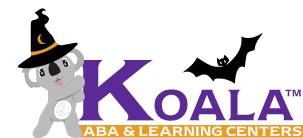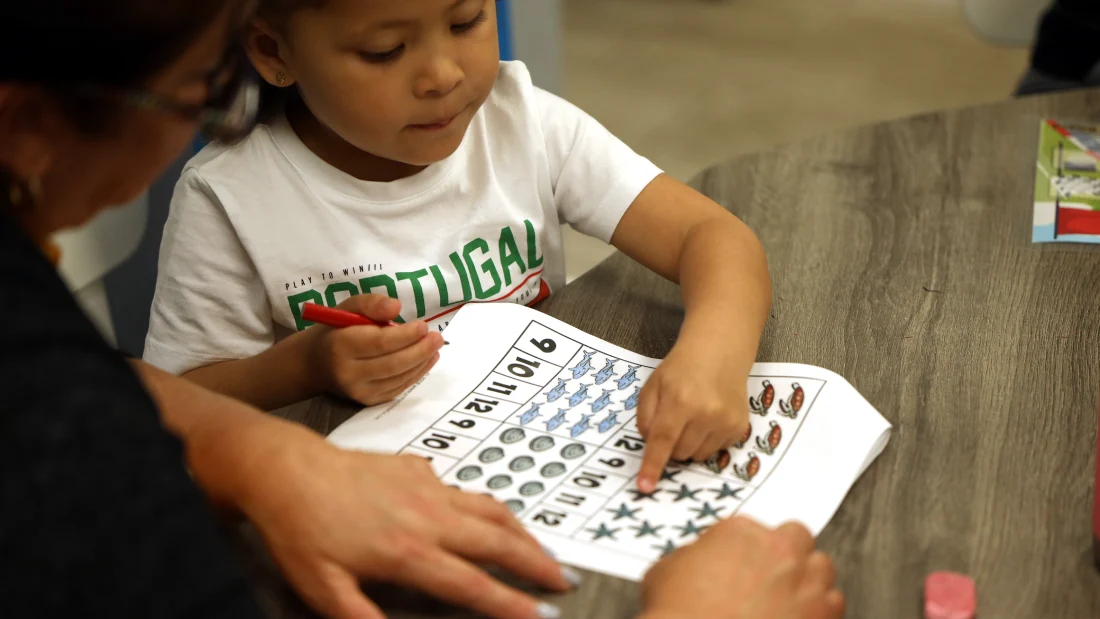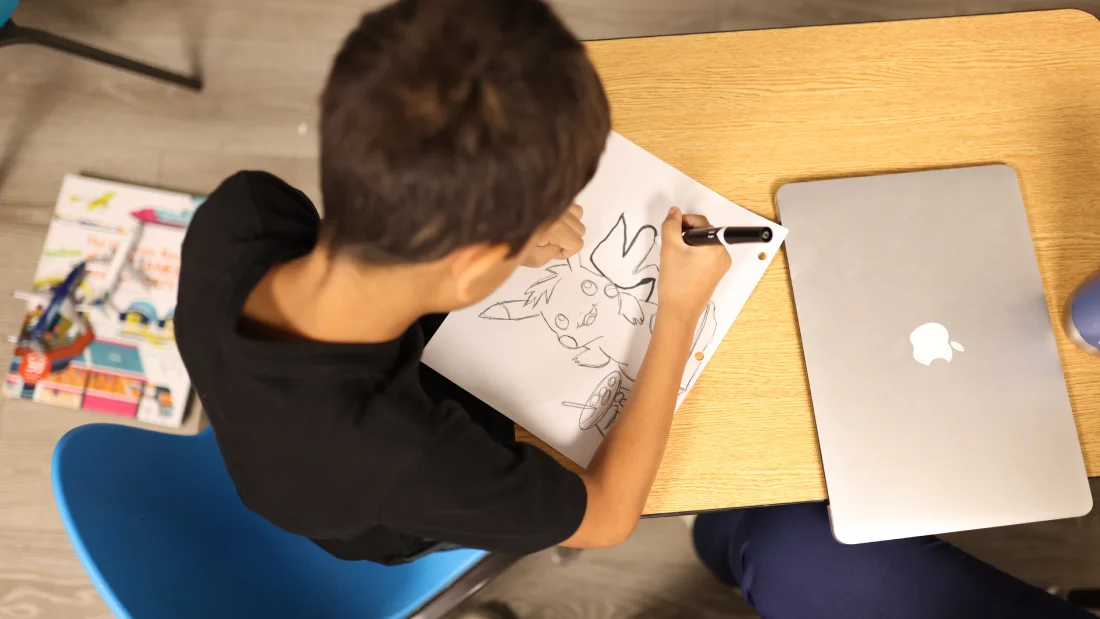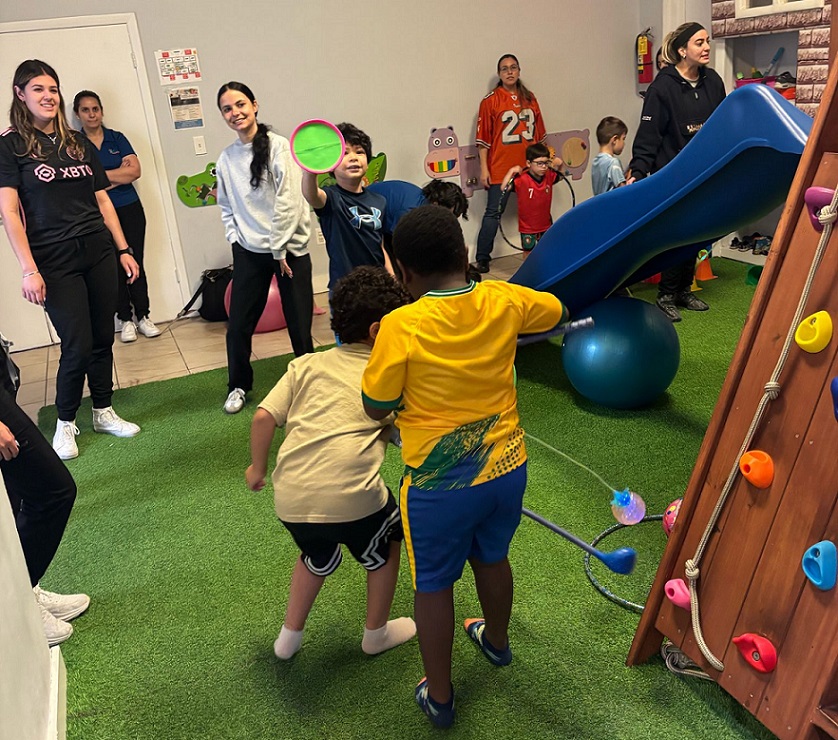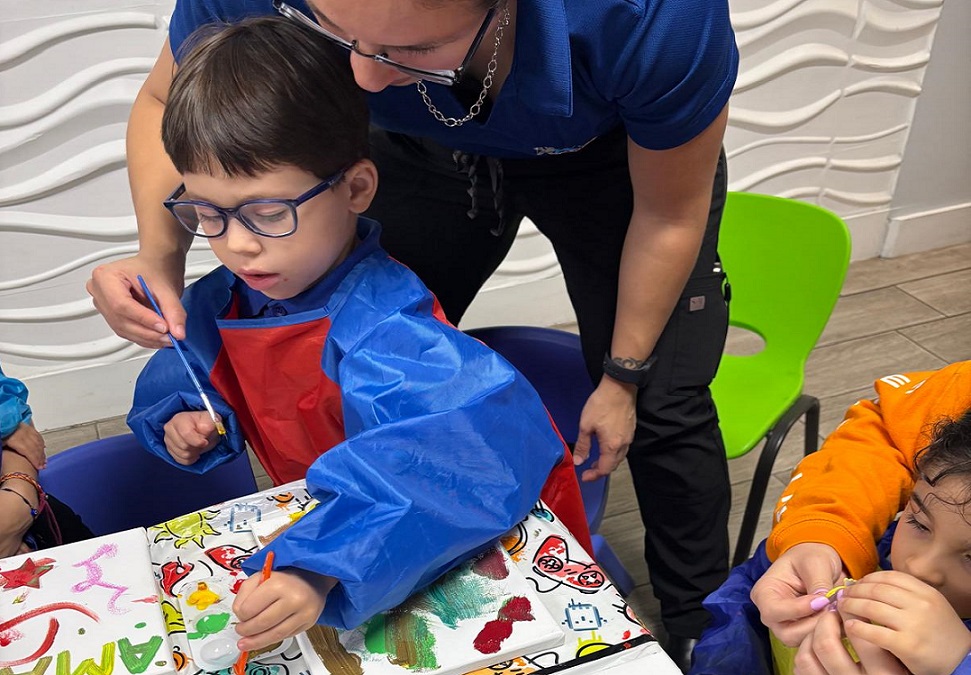Raising a child with autism can be both a rewarding and challenging journey. Every child with autism has unique strengths and difficulties, making it crucial for parents to understand their child’s needs.
This autism spectrum behavior checklist is designed to help parents recognize key signs, navigate the diagnosis process, and explore essential areas such as communication, education, and therapy options.
Early Signs of Autism in Children
There is no single medical test to diagnose autism spectrum disorder (ASD). Instead, a team of specialists assesses a child’s behavior using established criteria to provide the most reliable diagnosis. This process also includes tests to determine the severity of the disorder, if present.
However, identifying early signs and symptoms is crucial for early intervention. Recognizing these behaviors in young children can help parents take proactive steps to support them.
Communication: When do children with autism begin to speak?
Autism spectrum disorder (ASD) primarily affects a child’s ability to communicate, often raising concerns for parents. One of the most common questions is, “Why isn’t my child talking?”
Typically, children begin babbling between 6 to 9 months, say their first words around 12 months, and start forming simple sentences by 18 to 24 months. However, children with autism may experience speech delays or develop communication differently.
When Should Parents Be Concerned?
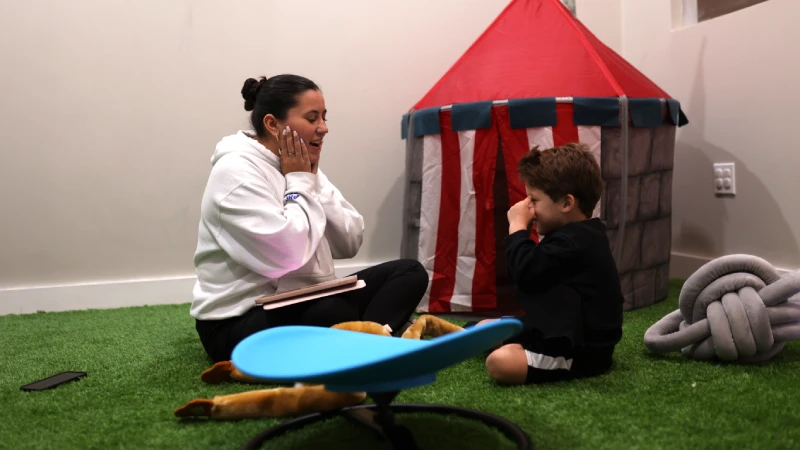
Parents should consider seeking professional evaluation if their child:
- Does not babble by 12 months.
- Has few or no spoken words by 16 months.
- Is not using two-word phrases by 24 months.
- Loses previously acquired speech skills or stops talking.
Other Communication Signs of Autism
In addition to speech delays, autistic children may exhibit the following communication challenges:
- Limited or no spoken words.
- Lack of babbling or early vocalizations.
- Difficulty expressing needs or thoughts.
- Repeating words or phrases from others or media (echolalia).
- Not responding to their name.
- Speaking in a flat or monotone voice.
- Struggling to understand sarcasm or figurative language.
- Reversing pronouns (e.g., saying “you” instead of “I”).
If a child exhibits these signs, especially alongside speech delays, consulting a specialist can help determine the best approach for early intervention and support.
Common Physical Behaviors Associated with Autism
Many children with ASD display unique physical behaviors and interests, often accompanied by differences in motor skill development. While some may have strong coordination and focus in certain activities, others may struggle with fine or gross motor skills.
Recognizing these patterns can help parents and caregivers better understand and support their child’s needs. In our autism spectrum behavior checklist, here are some common patterns:
- Engaging in self-stimulatory behaviors (stimming), such as rocking, hand-flapping, or spinning.
- Walking on tiptoes or maintaining rigid postures for extended periods.
- Displaying heightened or reduced sensitivity to sensory stimuli (light, sound, touch, or textures).
- Having strong food preferences and being extremely picky eaters.
- Reacting unusually to certain textures in clothing, food, or surroundings.
- Developing intense, obsessive interests in specific topics or objects.
- Exhibiting behaviors or interests that seem unusual for their age.
- Becoming distressed by minor changes in routines or environments.
- Lining up objects or toys instead of engaging in imaginative play.
Understanding these behaviors can help parents identify potential signs of autism early and seek appropriate support and interventions.
Social Skills for Autism
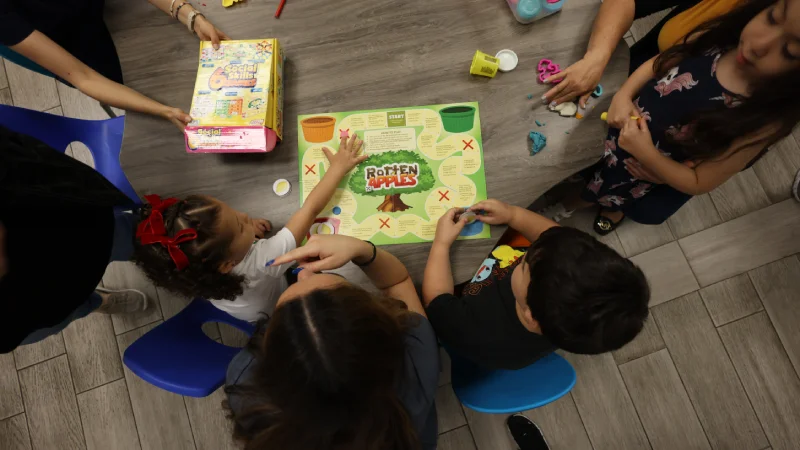
Difficulty developing social skills is another hallmark characteristic of autism. These challenges often affect a child’s ability to form relationships, understand social cues, and engage with peers. If you are concerned about your child’s social behavior, here are some signs to be aware of:
- Resisting physical contact or showing discomfort with hugs.
- Preferring to be alone or engaging in solitary play.
- Struggling to understand personal space or social boundaries.
- Having difficulty recognizing or responding to others’ emotions.
- Avoiding eye contact or displaying minimal facial expressions.
- Not paying attention to surroundings or people nearby.
- Having trouble discussing their own feelings or sensations.
- Finding it difficult to engage with peers or initiate play.
- Struggling to make or maintain friendships.
Since social interactions play a crucial role in a child’s development, early intervention and targeted support can help improve communication, relationship-building, and emotional understanding.
Autism Assessment: Process and Diagnosis
If you’ve observed potential signs of autism in your child, it’s important to seek a diagnosis. Diagnosing autism spectrum disorder (ASD) involves a comprehensive evaluation conducted by medical and developmental specialists. Since there is no single medical test for autism, the diagnosis is based on behavioral observations, developmental history, and standardized assessments.
Steps in the Autism Assessment Process:
- Visit the Pediatrician: Your child’s pediatrician will assess your child’s communication, motor skills, and social behaviors during a routine check-up. If needed, they may recommend further evaluation.
- Referral for Specialist Evaluation: This team might include psychologists, speech therapists, and neurologists who will conduct more in-depth assessments to understand your child’s behavior.
- Behavioral Observations and Testing: Specialists will observe your child’s behavior and how they interact with others. In some cases, specialists will use tools like the Autism Diagnostic Observation Schedule (ADOS) or the Childhood Autism Rating Scale (CARS) to help confirm the diagnosis.
- Hearing and Genetic Testing: These may be performed to rule out other conditions that mimic autism symptoms.
Autism Diagnosis
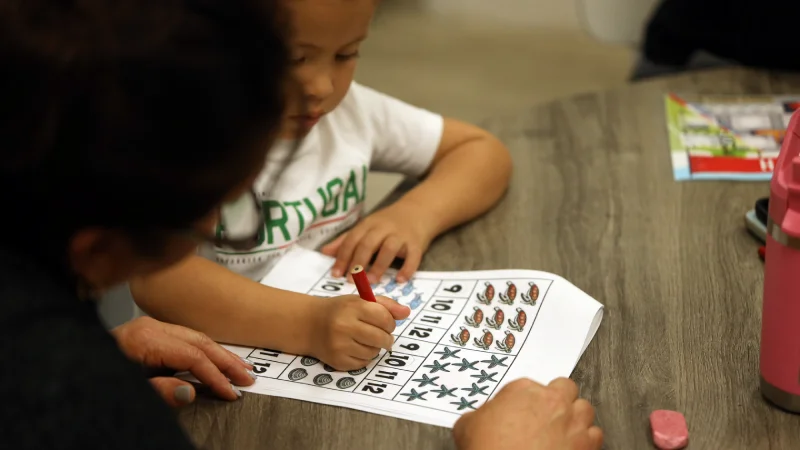
There are three levels of autism, based on the amount of support an individual needs. Here’s a brief overview:
Autism Spectrum Disorder Types
- Autistic Disorder (Classic Autism): This is the most severe form, characterized by significant challenges in communication, social interactions, and repetitive behaviors.
- Asperger’s Syndrome: Individuals have milder symptoms, often with strong verbal skills and average or above-average intelligence, but struggle with social interactions.
- Pervasive Developmental Disorder – Not Otherwise Specified (PDD-NOS): This is a catch-all category for individuals who don’t fully meet the criteria for other specific disorders but still show significant social and communication challenges.
- Childhood Disintegrative Disorder (CDD): Children develop normally until ages 2-4, then experience a significant loss of social, language, and motor skills.
- Rett Syndrome: A rare genetic disorder, primarily affecting females, leading to severe impairments in motor and communication skills.
Autism Levels
- Level 1: Requiring Support: Individuals need some support but can generally manage daily activities with minimal assistance. They may struggle with social interactions and organizing tasks.
- Level 2: Requiring Substantial Support: These individuals need more substantial support to function daily. They may have more pronounced difficulties with communication and social interactions.
- Level 3: Requiring Very Substantial Support: Individuals at this level need intensive support for daily activities. They often have severe communication challenges and may be highly dependent on others.
Each level indicates the degree of support needed rather than the severity of the condition itself. Understanding these levels helps tailor interventions and support to meet the unique needs of each individual.
Teaching Autistic Children: Special Schools and Programs
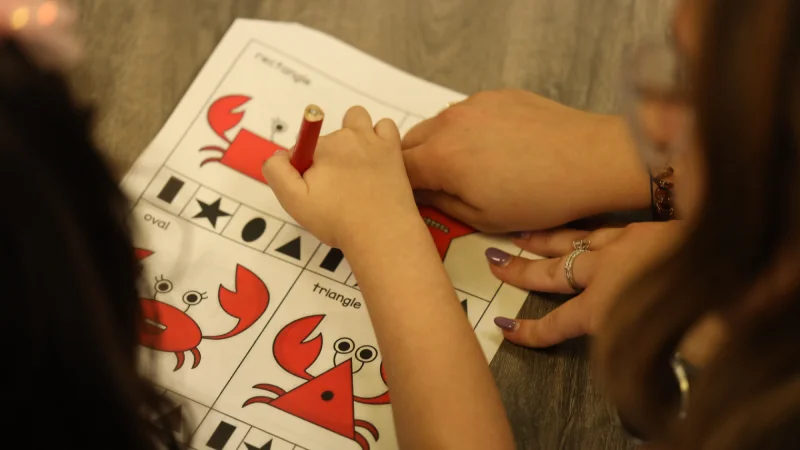
Clinics and centers specialized in the diagnosis and treatment of Autism Spectrum Disorder (ASD) are generally well-equipped to effectively support autistic children. The process of teaching autistic children can be categorized based on their age and educational stage.
Pre-Kindergarten (Under 4 Years Old)
For children under 4 years old, early intervention is crucial. Clinics and specialized centers offer tailored programs designed to address developmental delays and improve social, communication, and behavioral skills. These programs often include:
- Speech Therapy: Focuses on enhancing communication skills, both verbal and non-verbal.
- Occupational Therapy: Aims to develop fine motor skills, sensory integration, and daily living skills.
- Applied Behavior Analysis (ABA): Utilizes behavioral techniques to encourage positive behaviors and reduce challenging ones.
Parents and caregivers play a vital role in early intervention. It’s important to work closely with professionals to create a supportive and structured environment at home, reinforcing the skills being taught in therapy sessions.
School-Aged Children (4 Years and Older)
Once children reach school age, their educational journey can take different paths depending on their individual needs and abilities. There are several options available:
- Specialized School: These schools are specifically designed to cater to the needs of autistic children. They offer tailored curricula, smaller class sizes, and specialized staff trained in ASD.
- Inclusive Classrooms: Some children may benefit from being integrated into mainstream classrooms with the support of special education services. This approach fosters social inclusion and promotes peer interactions.
- Individualized Education Plans (IEPs): Schools work with parents and specialists to develop IEPs that outline specific goals, accommodations, and support services needed to help the child succeed academically and socially.
In both cases, collaboration between parents, educators, and therapists is key to ensuring that the child’s unique needs are met. Regular assessments and adjustments to the teaching approach can help maximize the child’s potential and progress.
Autism Spectrum Behavior Checklist: Additional Information
- Local Support Groups: Connecting with other families facing similar challenges can provide emotional support and practical advice.
- Educational Resources: Understanding the latest research, therapies, and educational strategies can help parents make informed decisions.
- Legal Assistance: Knowledge about the legal rights of children with autism, including education and healthcare rights, is crucial.
- Financial Assistance Programs: There are various programs available to help cover the costs associated with caring for a child with autism.
- Respite Care: Services that provide temporary relief for primary caregivers.
- Therapeutic Services: Information on accessing speech therapy, occupational therapy, and behavioral therapy.
- Medical Care: Understanding how to navigate the healthcare system and what services are covered by insurance.
- Community Programs: Local community centers and organizations often offer programs and activities tailored for children with autism.
- Transition Planning: For older children, information on transitioning to adulthood, including education, employment, and independent living options.
- Advocacy and Awareness: Resources on how to advocate for their child’s needs and raise awareness about autism in their community.
The Role of Special Education and Learning Centers
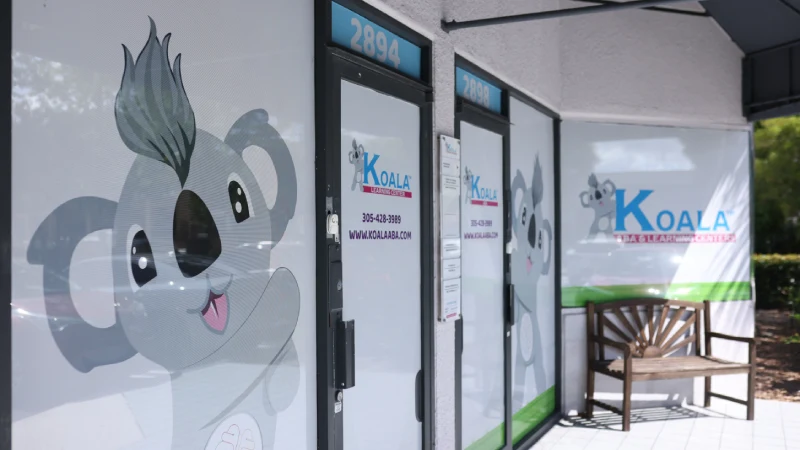
Special education and learning centers are vital in supporting children with autism and other developmental disorders. These centers offer tailored educational programs, therapies, and support services designed to meet each child’s unique needs. Their focus is on improving communication, social skills, and academic achievement through personalized approaches.
With specialized staff, including teachers and therapists, these centers create nurturing environments that foster growth and development, empowering children to reach their full potential.
Koala ABA & Learning Center
At Koala ABA & Learning Centers, our ABA therapy plays a key role in improving daily functioning and social interactions for children with autism. We focus on enhancing social skills, and communication, and addressing challenging behaviors through behavioral interventions. Our early intervention programs, designed by behavior analysts, promote self-care and emotional flexibility through techniques like discrete trial teaching and positive reinforcement.
Additionally, our Occupational Therapy supports cognitive, physical, and social development, helping children navigate daily life. We also focus on sensory and emotional activities to enhance skills and social interactions. Contact us to learn how we can help your child thrive.

